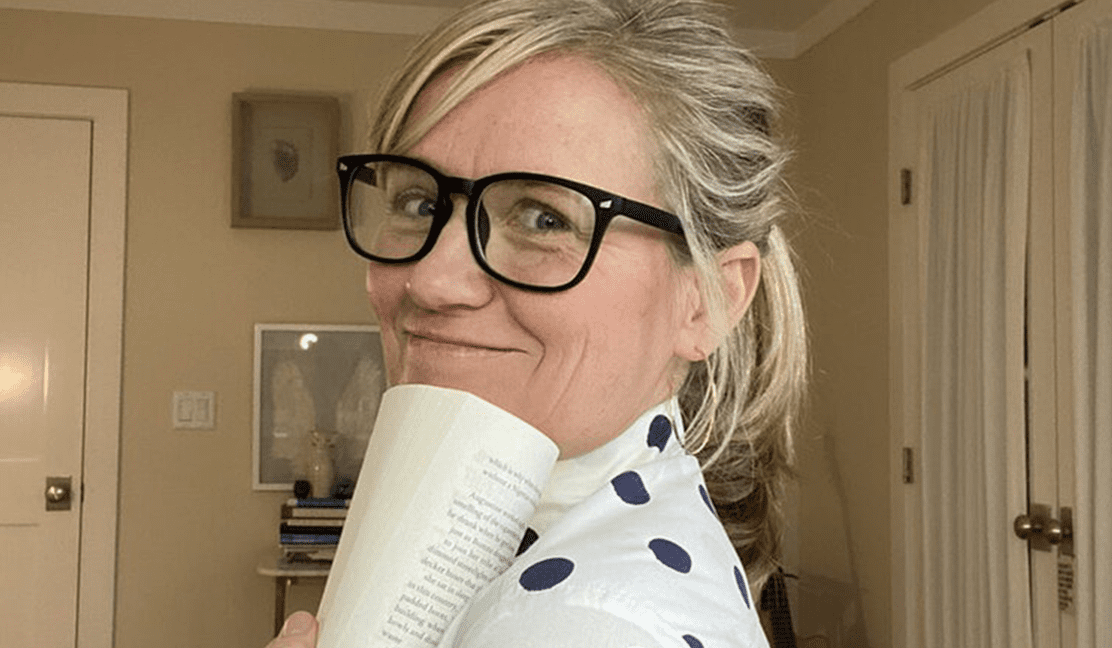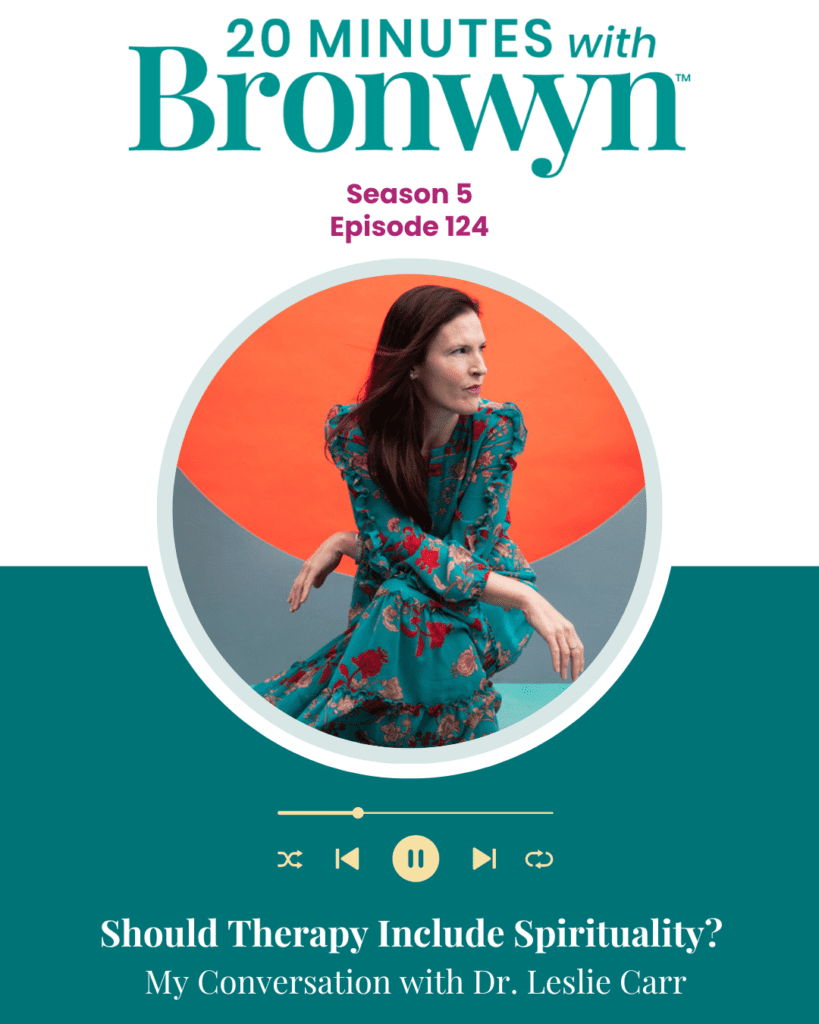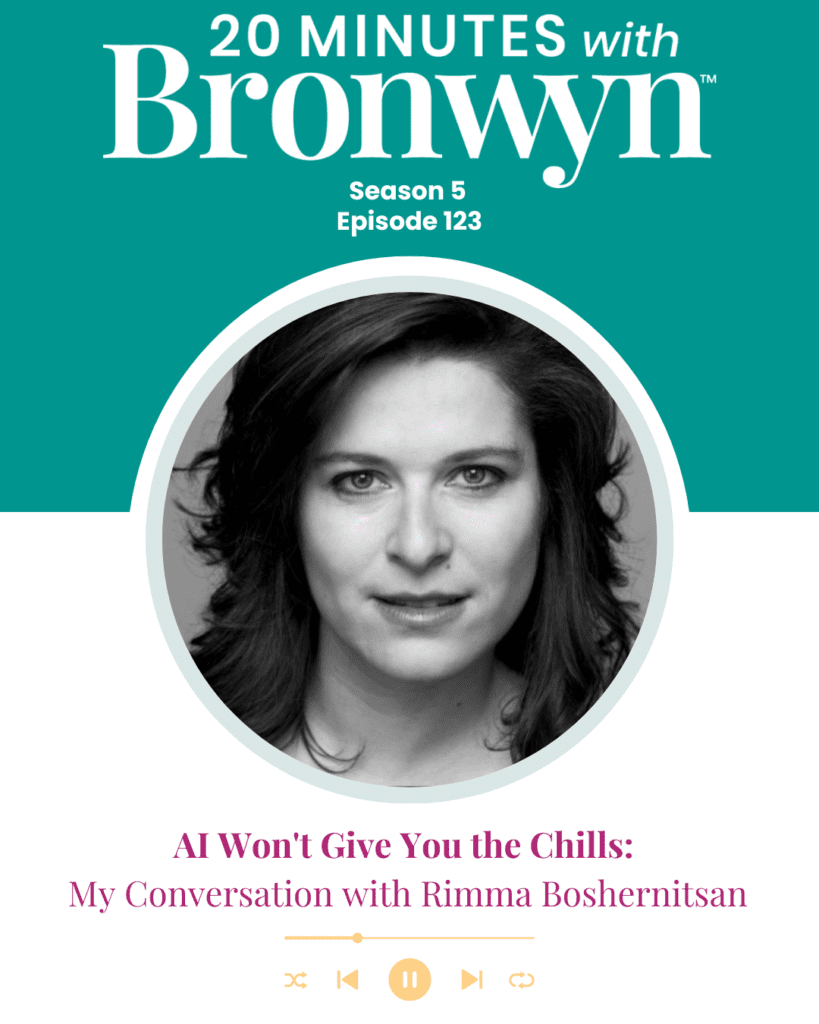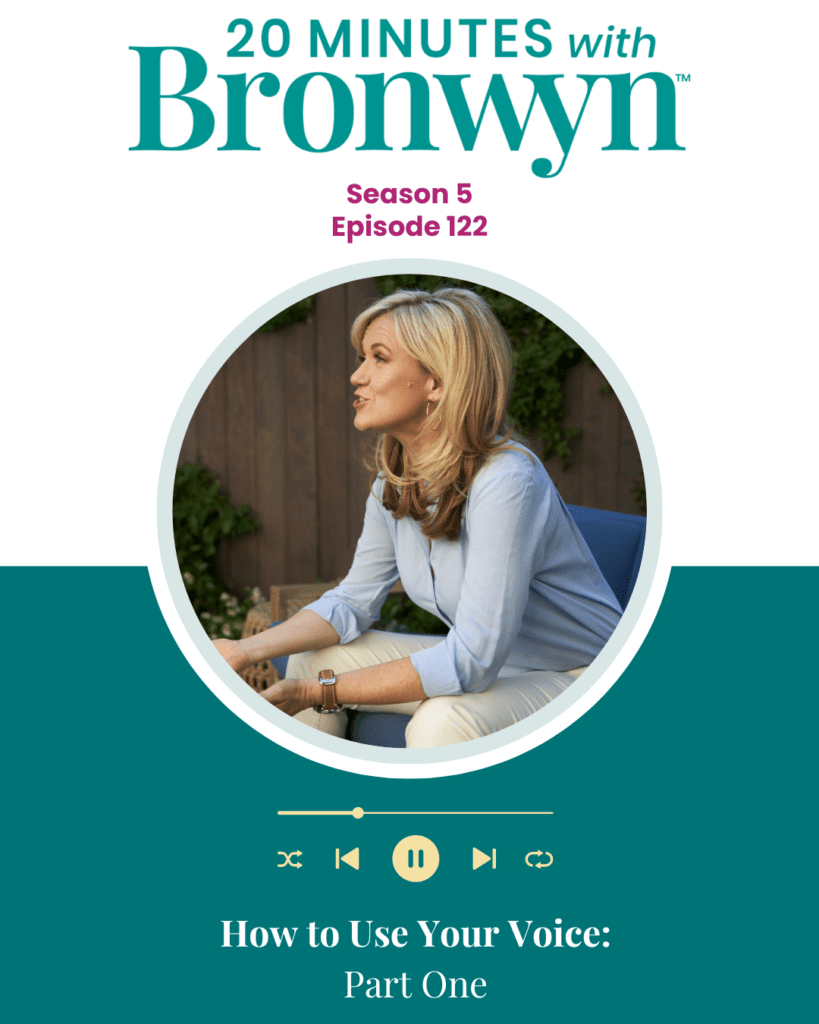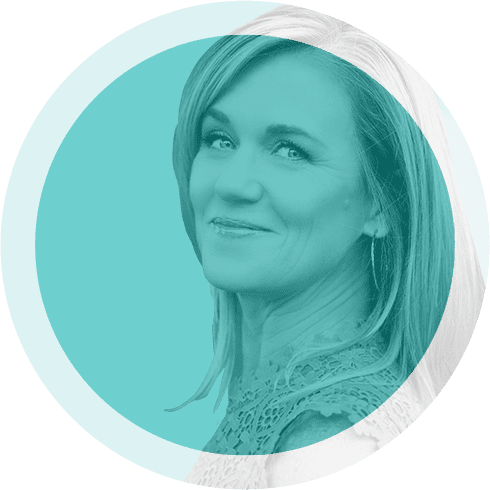It’s TIME!!
In case you’re new here, just know this about me: my small nightstand is mostly taken up by an unstable tower of stacked novels, memoirs, and, yes, self-help books.
Sorry, “Personal Growth” books.
Each December, I offer my favorite reads of the year. Some of these books were published during the course of that year, but most were simply new to me.
It turns out, I read a lot in 2020. Not all of it worth mentioning or recommending. But, the reading I did was medicinal. Necessary escape from the dumpster fire that was 2020.
Thanks to these books, I left reality behind, traveling through time and space, and I have now returned, bringing good tidings and cheer, and enough recommendations to hopefully knock a few items off of your holiday shopping list!
Usually, I organize my recommendation list by fiction and nonfiction, but this time I thought I’d mix it up, and group them based on where I consumed them.
Consumed Just Before Falling Asleep.
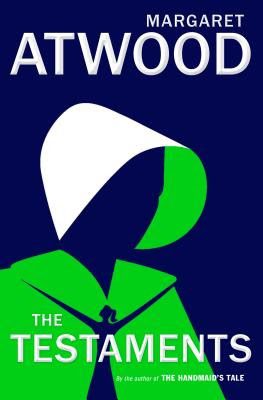
The Testaments, Margaret Atwood
“Where there is an emptiness, the mind will obligingly fill it up. Fear is always at hand to supply any vacancies, as is curiosity. I have had ample experience with both.”
Sequels rarely satisfy. But the talented Ms. Atwood has delivered us the sequel we hadn’t realized we could hope for. There was poetry in how she chose to end The Handmaid’s Tale … a hindsight perspective that blew my mind, but also seemed incomplete. The Testaments takes us back through the final days of Gilead, and into Aunt Lydia’s backstory, which is by far the most satisfying piece of the tale. Atwood also introduces a cast of fascinating men and women living both inside and outside of the failed experiment that is autocratic patriarchy. I continue to marvel at the volume of brilliant plots that flow freely from Margaret Atwood’s brain.
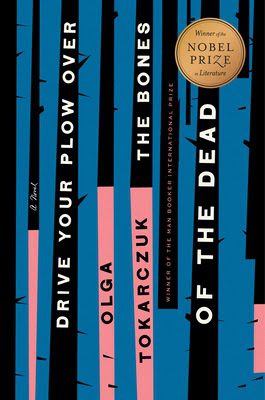
Drive Your Plow Over the Bones of the Dead, Olga Tokarczuk
“But why should we have to be useful and for what reason? Who divided the world into useless and useful, and by what right? Does a thistle have no right to life, or a Mouse that eats the grain in a warehouse? What about Bees and Drones, weeds and roses? Whose intellect can have had the audacity to judge who is better, and who worse? A large tree, crooked and full of holes, survives for centuries without being cut down, because nothing could possibly be made out of it. This example should raise the spirits of people like us. Everyone knows the profit to be reaped from the useful, but nobody knows the benefit to be gained from the useless.”
I had never heard of Polish novelist Olga Tokarczuk, but this book was featured prominently on a table at another favorite haunt, the Bookshop, in Santa Cruz, CA. Why I had never heard of her, I cannot say, because this woman is a FORCE OF NATURE. She’s won the Man Booker Prize AND the Nobel Prize in Literature.
Drive Your Plow is a short-ish novel that packs a powerful punch. Its heroine is an elderly (but very fit and spry) woman, Janina, who lives alone in a remote Polish village. Janina passes the long winter months studying astrology and translating poetry. But don’t let the astrology thing fool you—Janina is hard-minded and fiercely pragmatic. Her quiet, hermetic life gets thrown into disarray when a neighbor is murdered. This is followed by a string of murders and before long, Janina is attempting to solve these crimes in her own weird way.
But this isn’t really a book about solving a murder. It’s a book about a woman trying to function inside of a culture that finds her irrelevant and strange. There is a scene in which Janina confronts a priest, and it is so satisfying, so perfectly written, that I literally guffawed out loud. Brilliant. Just brilliant.
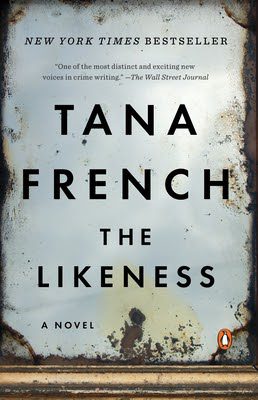
“When you’re too close to people, when you spend too much time with them and love them too dearly, sometimes you can’t see them.”
The Likeness is part of the Dublin Murder Squad series, and is absolutely, hands-down, the best of the batch. Which is high praise, as each book in the series is brilliant in its own way. The premise is delicious—Cassie (whom we’ve met in In the Woods) is called to a murder scene. Cassie’s no longer on the murder squad, so she can’t imagine why they’re calling her in, until she arrives at the scene: the victim looks exactly like her.
Before she knows it, Cassie is training and studying to take up where the victim left off, going back to solve the crime from the inside. It’s creepy watching her re-enter the victim’s life … which seems pretty ideal. The victim was a grad student living with her best friends—think of the friends in St. Elmo’s Fire, but Irish, and with way better fashion sense.
Also, did I mention this jolly crew lives on a gorgeous estate, surrounded by land? Like Cassie, we wonder, ‘How could anything bad happen in this perfect life?’ I was devastated when the crime was finally solved, and I had to leave the estate. I may re-read it just so I can sit with the characters, drink wine, and talk about literature by the fireplace.
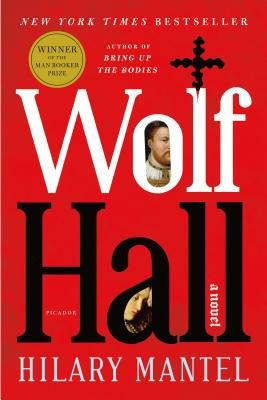
I’ll come clean here and admit that I have attempted to read this novel TWICE, and both times I just couldn’t get past the first 50 pages. But I’m so glad I gave it a third go. Wolf Hall is a retelling of life under King Henry VIII’s rule, and in his court, just as he was ditching his Queen, Catherine of Aragon, and replacing her with the infamous Anne Boleyn.
The story is told from the perspective of Thomas Cromwell, a character that rises from the lowest of circumstance into tremendous power in Henry’s court. Reading this novel during the 2020 election cycle was comforting—it made me realize that while the circus of present-day politics seems outrageous, nothing comes close to King Henry VIII.
I just started reading the sequel—Bring Up the Bodies, and I can’t put it down. Perhaps it will grace next year’s list….
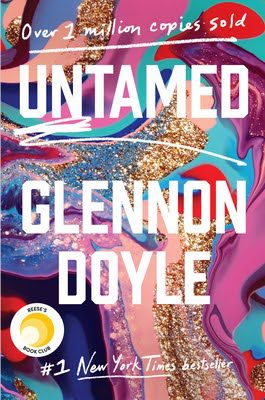
“The truest, most beautiful life never promises to be an easy one. We need to let go of the lie that it’s supposed to be.”
I think I said AMEN! out loud at least one time per page consumed. That’s a pretty damn high amen-to-page ratio. Nothing brings me more joy than reading truth spoken plainly and beautifully. In this intimate memoir, Glennon does both and makes it look easy.
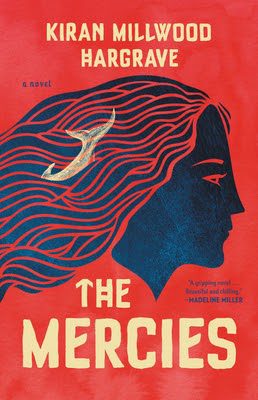
The Mercies, Kiran Millwood Hargrave
“It’s hard, isn’t it? Describing a person only in words, when they can hold whole worlds in them.”
The Mercies is set in a fishing village in Norway during the 1600s (not a place I would recommend time traveling to). Tragedy has struck in the form of a massive storm that kills every single man in the village, leaving the women to fend for themselves.
As you can imagine, the community rushes to explain how such an event could take place, and, as usual, the Church is only too happy to supply cockeyed, insane answers. Enter a severe religious leader brought in from the outside to set things to rights, and what you get is a heart-pounding, shit-hitting-the-fan story that keeps you up way too late.
Bonus: If you feel hemmed in and inconvenienced by this Covid-restricted life we’re living, just imagine being a woman in 17th century Norway. This book will make you feel giddy with freedom in the abundance and ease that is the year 2020.
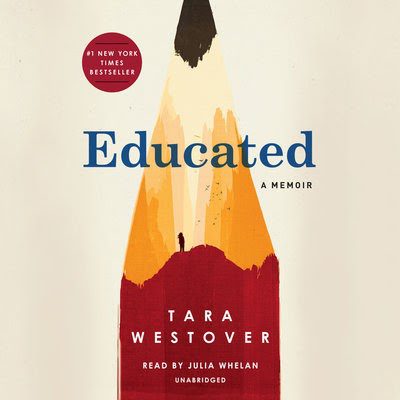
“Everything I had worked for, all my years of study, had been to purchase for myself this one privilege: to see and experience more truths than those given to me by my father, and to use those truths to construct my own mind.”
Everyone read this book last year and raved. I avoided it because I feared it was too similar to Hillbilly Elegy. I was so wrong. It’s Tara Westover’s account of her childhood spent in rural Idaho. Her parents were doomsday-prepping Mormon extremists who believed public education to be a vast conspiracy by the federal government to turn children into socialists.
What this meant for Tara and her siblings was that “education” meant being taught to read Mormon texts, and not a whole lot else. So how does someone go from knowing virtually nothing about history, math, science, and the arts to earning a Ph.D. from Cambridge? You gotta read it to believe it.
Consumed in the Morning, While My Mind Was Sharp*
*There is only one book on this list, because I typically don’t read in the morning. I mostly use that time to write or make content. This book was the exception.
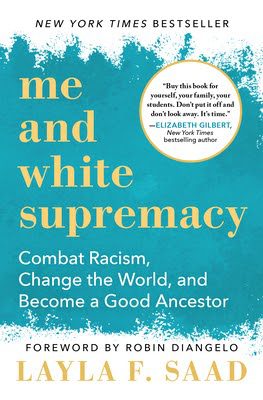
Me & White Supremacy, Layla F. Saad
“You cannot dismantle what you cannot see. You cannot challenge what you do not understand.”
I’m not going to sugar coat this: Reading this book and doing the exercises was painful. In fact, more than once I had to stop reading because my stomach ached. Uncovering the layers of white supremacy and how I’ve benefited personally and professionally from it is a sickening process.
If white people like me truly want to be anti-racist, we need to get crystal clear about the problem, and our role in upholding the structures that do so much harm to so many people. The format of the book is one lesson per day, but I found I had to space them out. How quickly you do the work is less important than just doing the work.
If you’re serious about justice and equality, Me and White Supremacy is the curriculum to work with.
Consumed on Vacation, In Mexico—The Last Real Vacation of 2020.
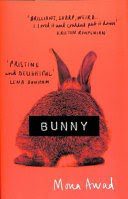
“‘Can I take your coat?’ Cupcake offers. I turn to her. She’s looking at me so hopefully. So willing to take a coat I’m not wearing, I almost want to give her my skin.”
This book came to me via the Word After Word bookstore in Truckee, CA (a favorite haunt of mine). The woman who works there (whose book taste is impeccable) handed me Bunny.
When I asked her to tell me what it was about, she seemed to shrug sheepishly. “Well,” she said, “on the surface it’s about a group of MFA students. But underneath is something else entirely.”
Intrigued, I dove right in. Here’s my take: Bunny is an acid trip/fever dream of Mean Girls meets One Flew Over the Cuckoo’s Nest meets Dead Poets Society meets Fight Club. I loved this weird, beautifully written novel, and HIGHLY recommend it to anyone who prefers their female protagonists three-dimensional, flawed, and maybe a bit psychologically fragile.
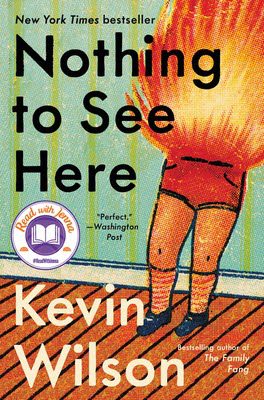
Nothing to See Here, Kevin Wilson
Like Bunny, Nothing to See Here has a real undercurrent of the supernatural. Or maybe magical realism? Who knows.
I’ve been out of college for too long to understand the difference.
Anywhoo, this is another short-ish but FANTASTIC novel about Lillian (I cast young Winona Ryder as the lead in my mind movie) who suddenly hears from Madison, an old friend from high school. Madison has recently married a politician and is navigating the care of his twins—a boy and a girl. Madison asks Lilian to come and be their nanny. Given how little Lilian has going on in her life, she goes for it.
But there’s just this one catch—when the twins get agitated, they spontaneously combust. As in, burst into flames. This story is so fresh, so EFFING FUNNY, and so tender, I cannot recommend it highly enough.
It might be my favorite book of the year.
Consumed In Santa Cruz.

I read this book in 24 hours, it was un-put-downable. But I wouldn’t say it was a “fun” read.
In fact, I thought the editorial ‘blurbs’ on this book were tone deaf: this isn’t a fun, “delicious … Illicit” read. It’s a powerful, honest, and sad telling of a young and economically insecure woman, drawn into a strange, sexual, and interracial relationship with a married man, with the quasi-blessing of his wife.
The main character, Edie, is in her twenties. She’s bright, creative, and attractive. But given her history, she’s also very adept at self-sabotage. Edie tries hard to make a way forward, always pushing up against the external and internal forces working against her. As the reader, I felt so much love for this young person trying to understand her own agency and sovereignty, while also falling victim to her own neediness, her own emptiness.
Raven Leilani is a spellbinding, unflinching storyteller, and while Edie’s progression through the novel isn’t easy to watch, I didn’t want to miss a single word.
Consumed via Audible, Whilst Doing the Dishes and Other Domestic Duties.
Hidden Valley Road: Inside the Mind of an American Family, Robert Kolker
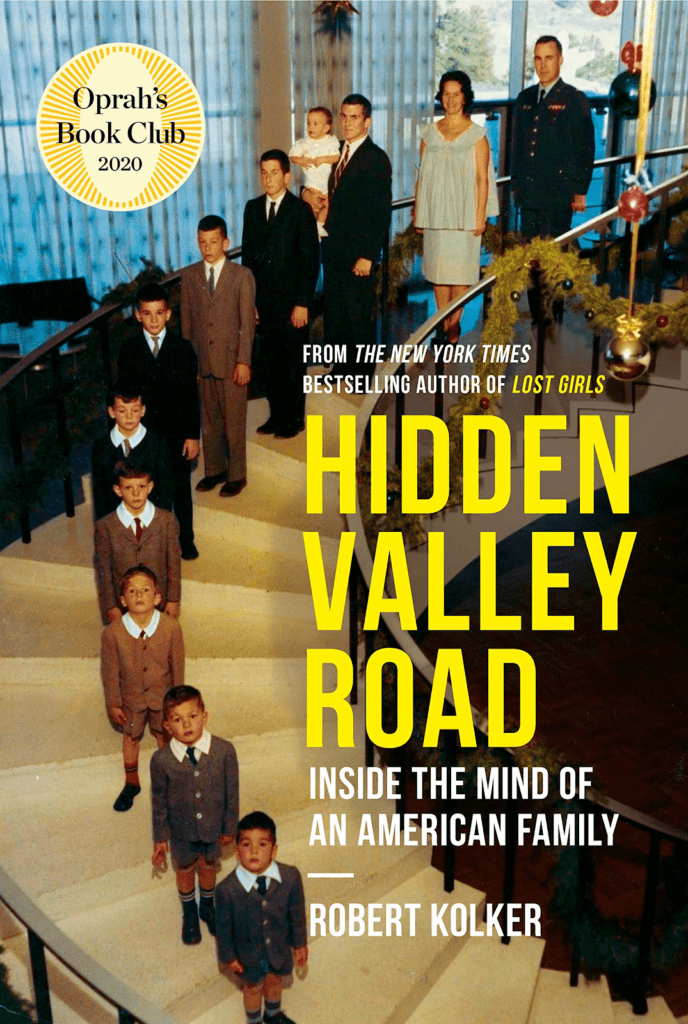
“‘And so I was crushed,’ Mimi said. ‘Because I thought I was such a good mother. I baked a cake and a pie every night. Or at least had Jell-O with whipped cream.’”
It seems improbable, but Hidden Valley Road is a work of non-fiction about a family of twelve children, SIX of whom develop schizophrenia. The story reads like a thriller, and I had to constantly remind myself that I was reading about an actual family.
The quote I chose above is uttered by the family matriarch, and really captures our collective understanding of mental health in children back in the 1960s and 70s (How can they be so messed up? I made them Jello with whipped cream, for heaven’s sakes!?)
What’s even more astounding is how little progress we’ve made in understanding this horrendous disorder.
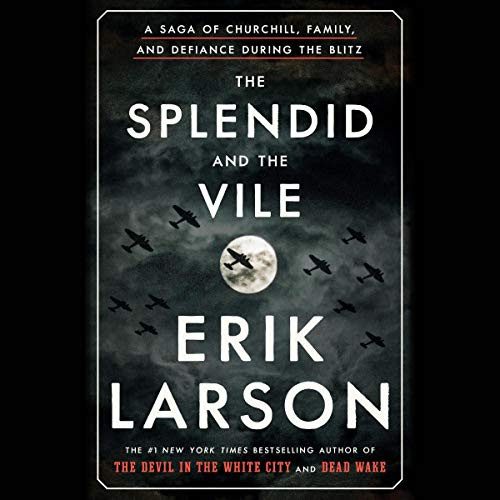
The Vile: A Saga of Churchill, Family, and Defiance During the Blitz, Erik Larson
“The speech set a pattern that he would follow throughout the war, offering a sober appraisal of facts, tempered with reason for optimism. ‘It would be foolish to disguise the gravity of the hour,’ he said. ‘It would be still more foolish to lose heart and courage.’”
I’m fascinated by how Churchill used words to mobilize and invigorate a nation during what was an absolute BEAT DOWN by the German war machine. Words delivered well can change the course of history. For those of us struggling to keep teams motivated during a time of painful uncertainty, this book is a must-read (or listen).
This book also really encouraged me during the early days of Covid. Every time I’d get sad or feel trapped, I’d say to myself, ‘Well, at least we’re not being bombed for 57 consecutive nights!’ It helped.
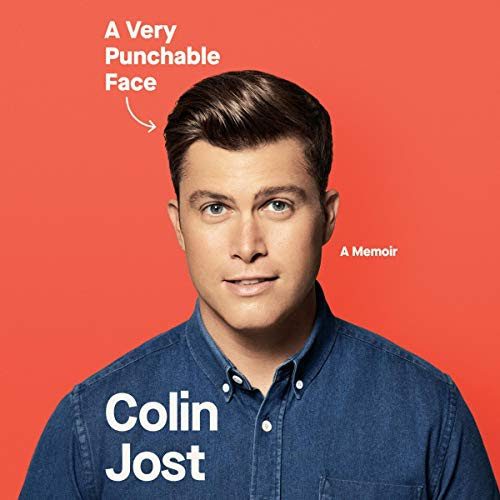
A Very Punchable Face: A Memoir, Colin Jost
“We have to remember that progress isn’t just a straight line upwards, O.K.?
It’s a weird roller coaster where sometimes you’re screaming for joy, and other times you’re barfing in your own face.”
I need to come clean here. I never gave Colin Jost a chance. Why? He just has such a punchable face. I don’t think I realized how gifted this man is as a writer, comedian, and human. I have been spending the past week or so listening to him as I do the dishes, cackling like a hyena. At one point, I literally peed my pants. For real. Sorry if that’s TMI, but it’s my truth.
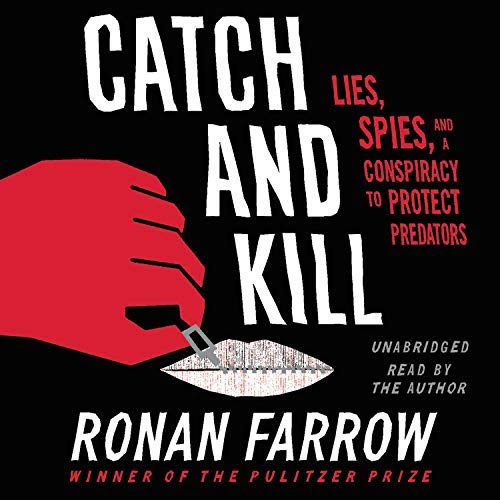
Catch & Kill: Lies, Spies, and a Conspiracy to Protect Predators, Ronan Farrow
“Weinstein laughed. ‘You couldn’t save someone you love, and now you think you can save everyone.’ He really said this. You’d think he was pointing a detonator at Aquaman.”
While this book is ostensibly about the fall of Harvey Weinstein, it’s really about the power of investigative journalism, and the courage of the women who put their reputations—even their lives—on the line so that justice could be served.
So often, conspiracy theories make us roll our eyes and change the subject. This book reminded me that some conspiracies are all too real, and take decades to expose. You may not be a Ronan Farrow fan, but you’ve got to give the man credit for having the guts to outmaneuver NBC and a holy host of bad actors to deliver a story that helped expose the worst kept secret in Hollywood: Harvey Weinstein: star-maker, rapist.
Until the day I die, I will maintain a subscription to the New Yorker AND the New York Times. When other publications were too chicken to air this story, these two outlets stayed with it, and did right by the women who told their stories.
Fallout: The Hiroshima Cover-up & the Reporter Who Revealed it to the

World, Lesley M. M. Blume
GOOD GOD … this book!!!
For some bizarre reason, Audible decided to have a man narrate (???), but it’s written by the marvelous Lesley M. M. Blume who tells the story of New Yorker reporter John Hersey and his heroic, ground-breaking investigative piece on the aftermath of the bombing of Hiroshima.
To be honest with you, I had never heard of Hersey, or this story that shocked the world when it was published in 1946. Apparently, prior to Hersey’s Hiroshima, the U.S. Government had done a bang-up PR job of telling the world “nothing to see here, move along …,” treating the atomic bombs as no more than bigger conventional bombs.
Hersey’s account blew that misconception to smithereens (Sorry. I was channeling Maureen Dowd there, I’m afraid), and forced the world to reckon with what had actually happened—death and destruction at a scale the world had never seen before.
It was fascinating and thrilling to go behind the scenes at the New Yorker to learn how they scooped every other publication on what became the biggest story of its time.
And yes, that’s the SECOND time the New Yorker made it into my best of list for 2020 for its journalistic courage and integrity! I’m telling you … Go get your subscription.
And no, you can’t possibly keep up with every article every week. But, you can read ONE, and if you do that, you’ll be supporting one of the great engines of truth-telling in this country. So there.
Annnnnnd that’s a wrap! What did you read this year that you’d recommend?
How are you?
Shine on, you crazy diamond.
